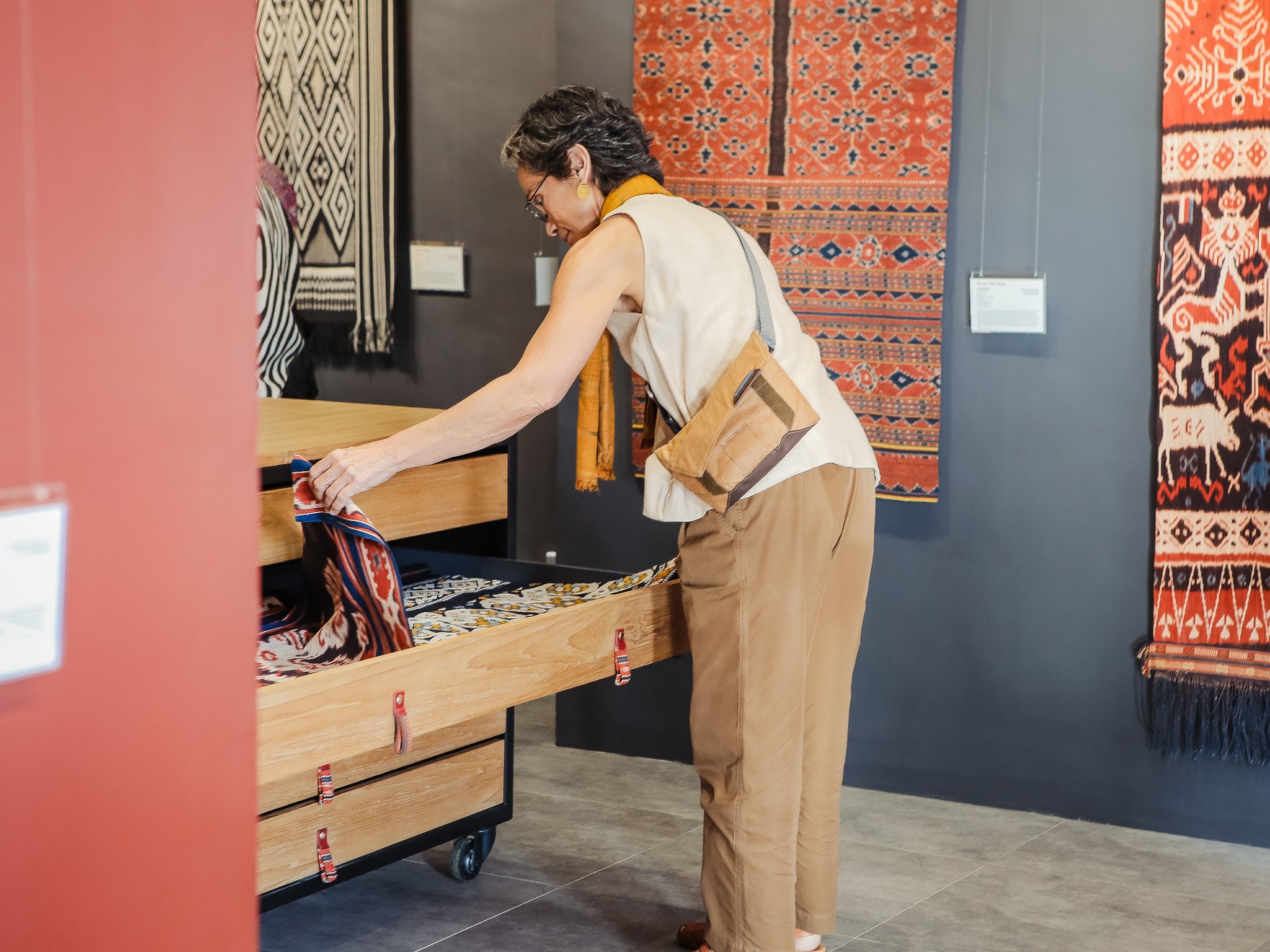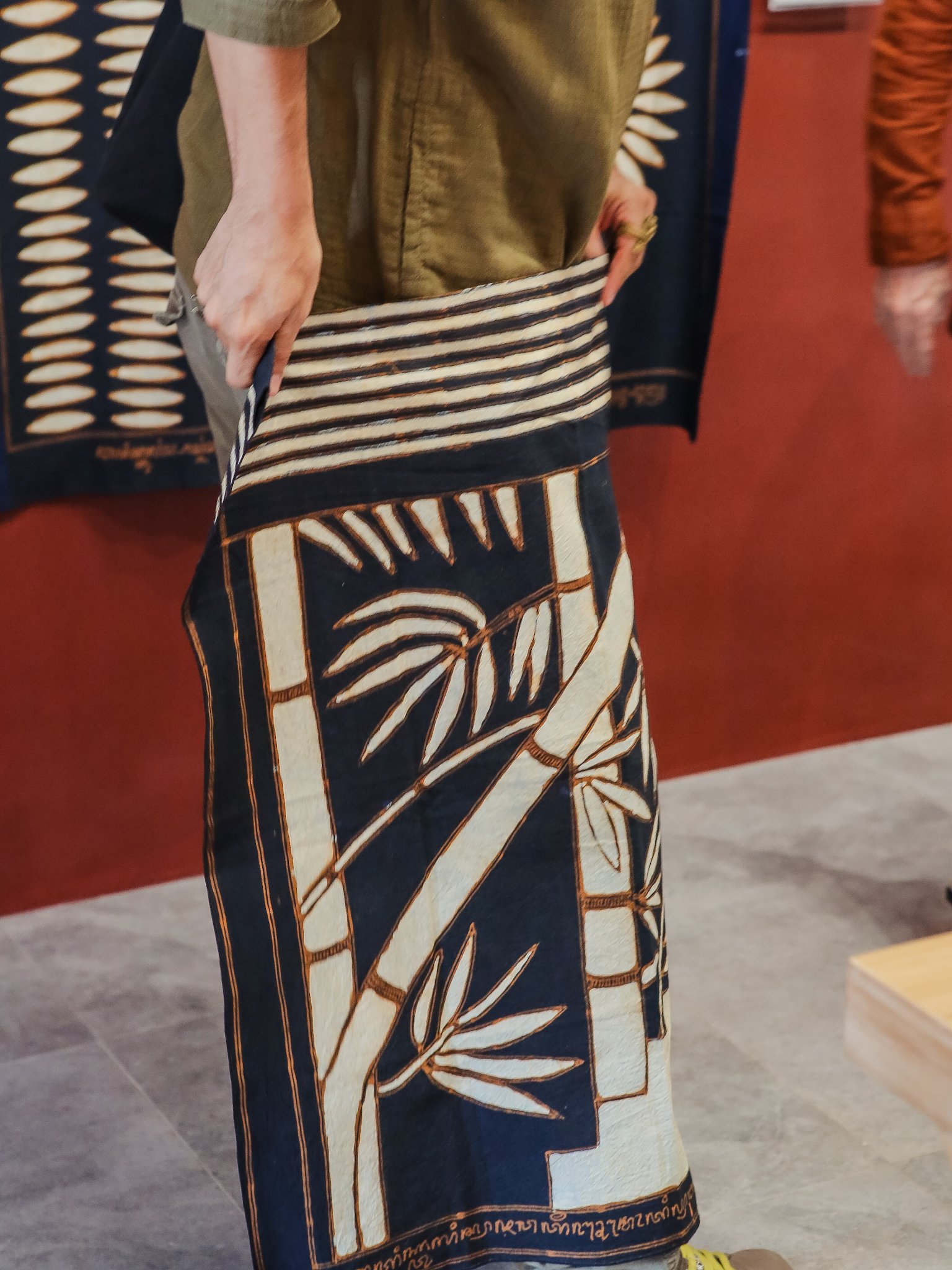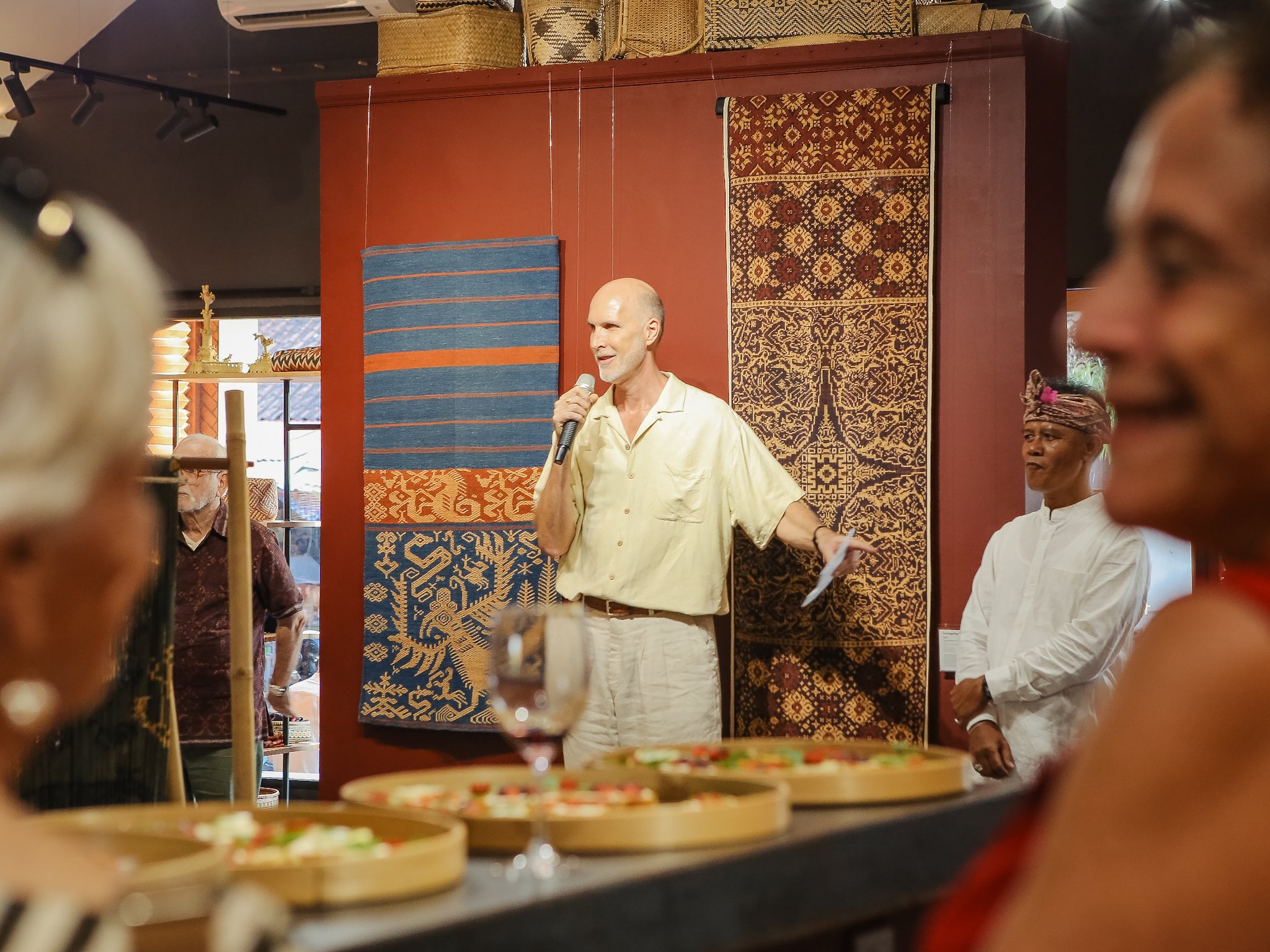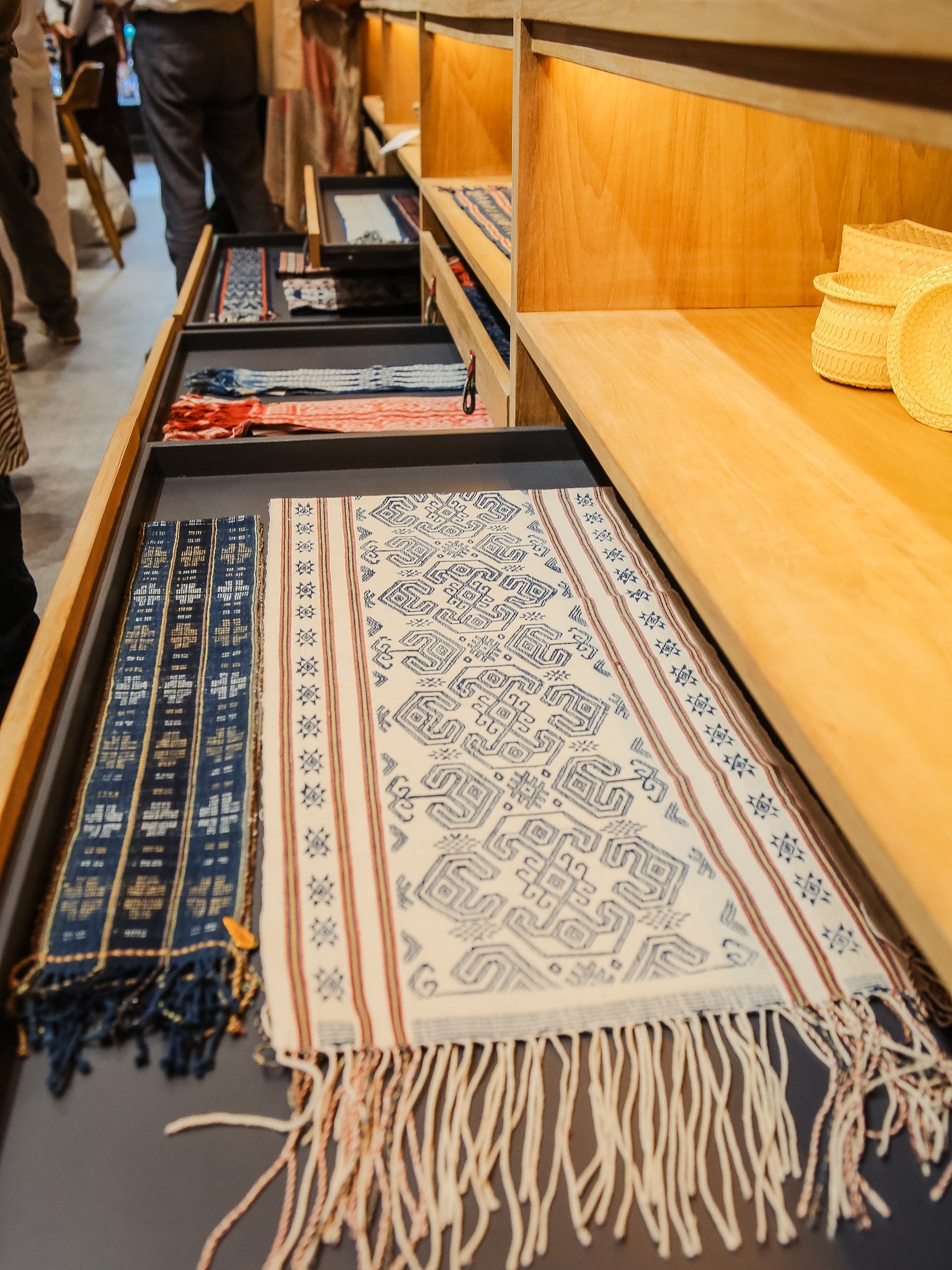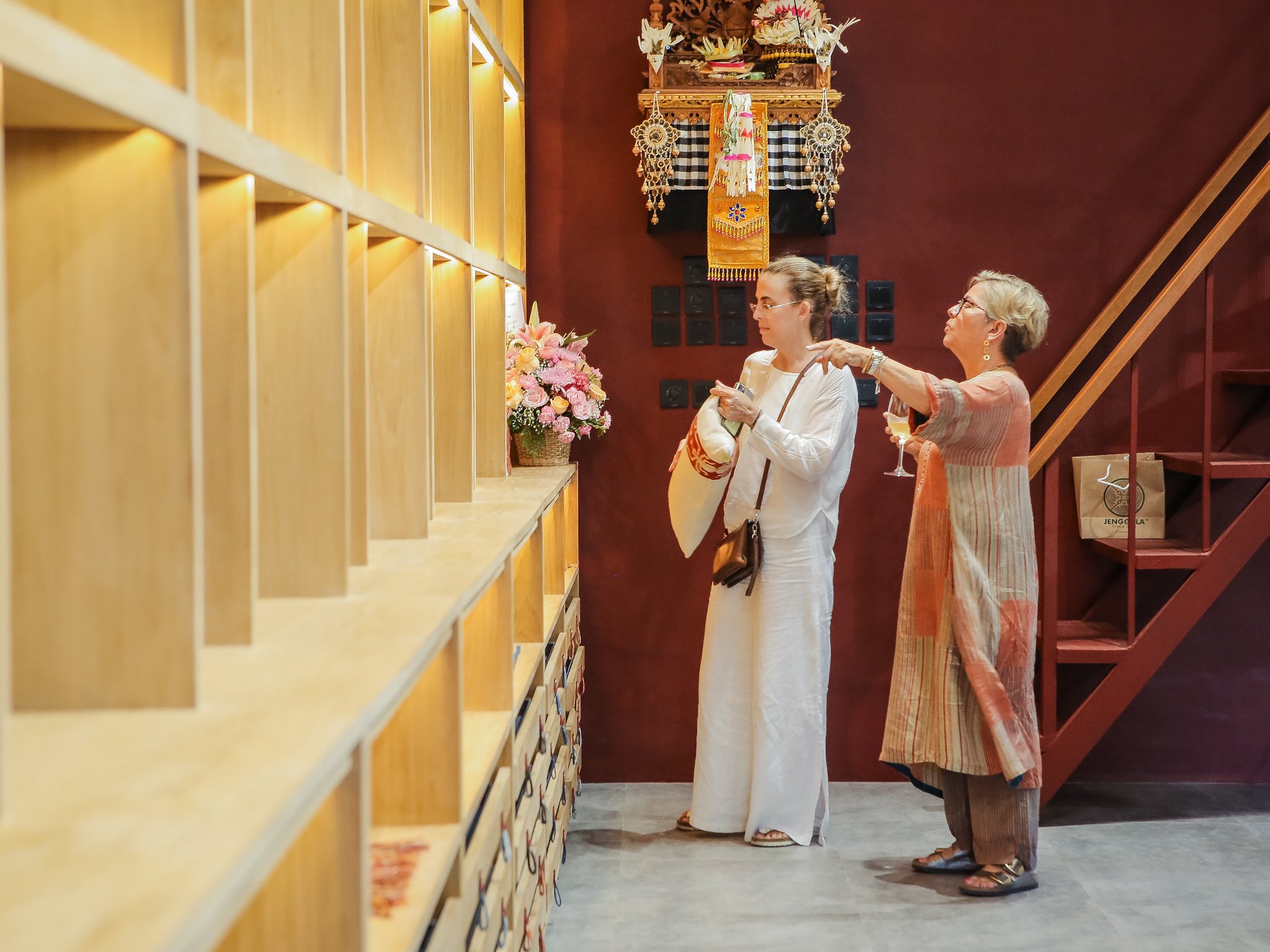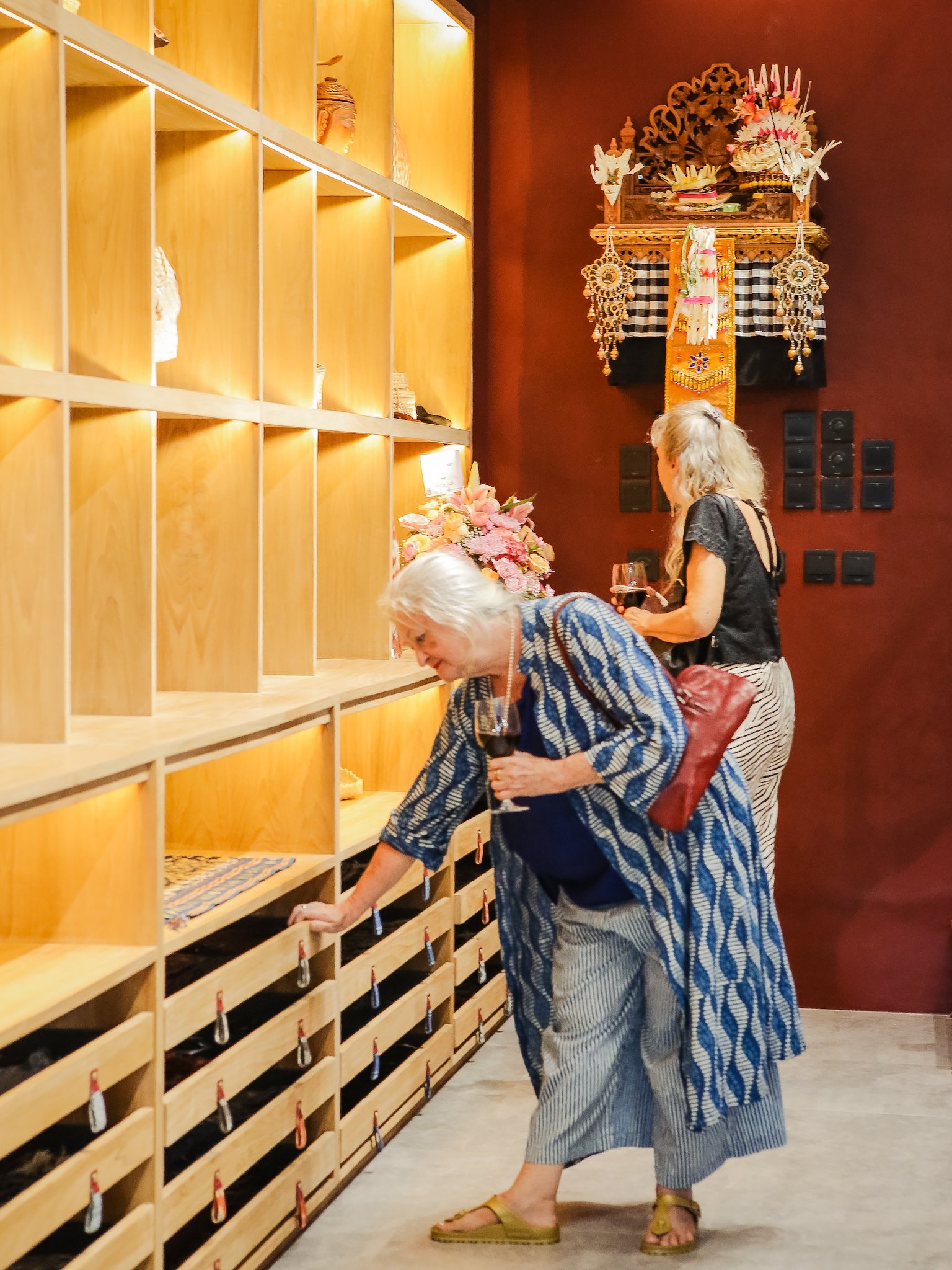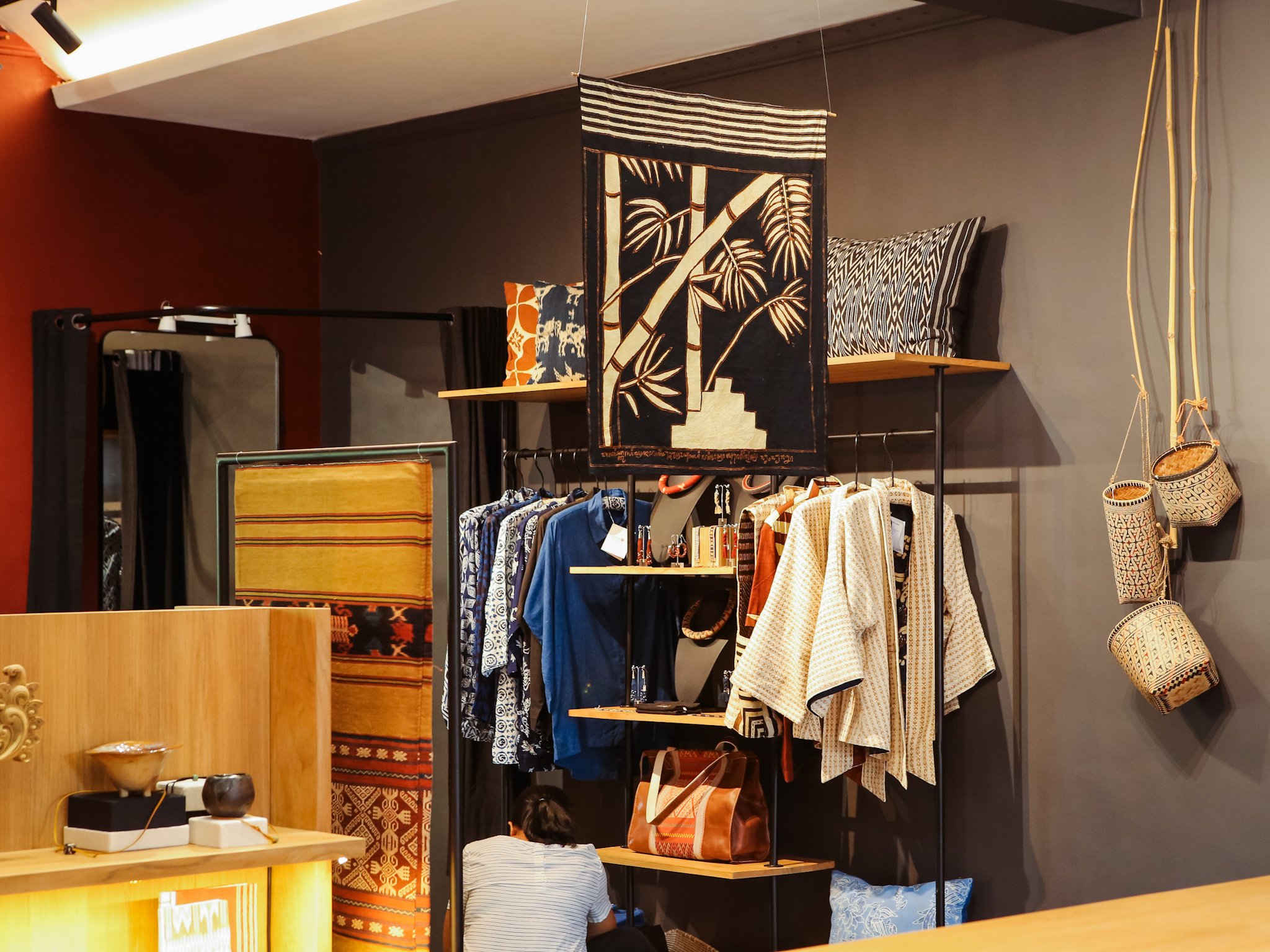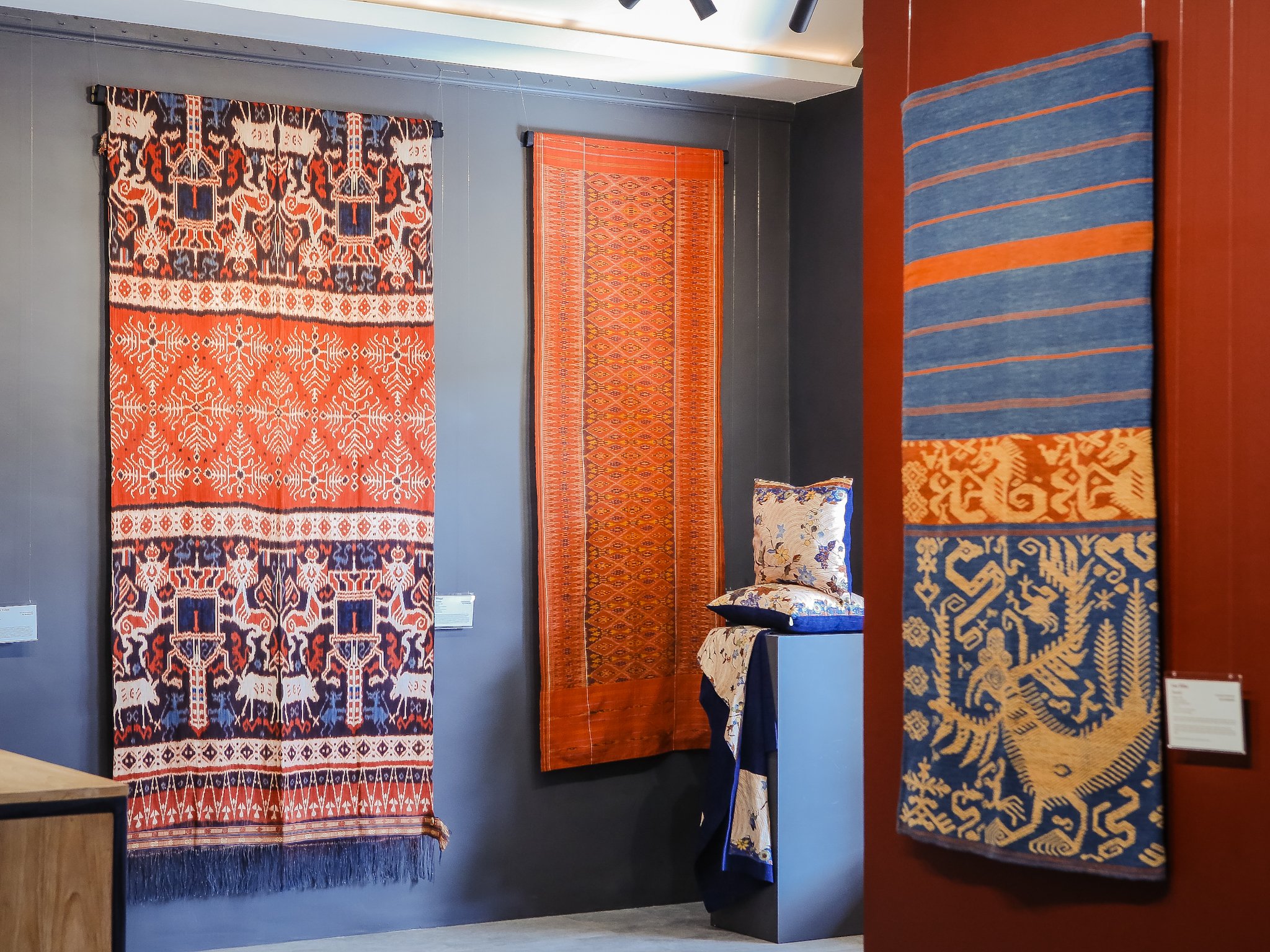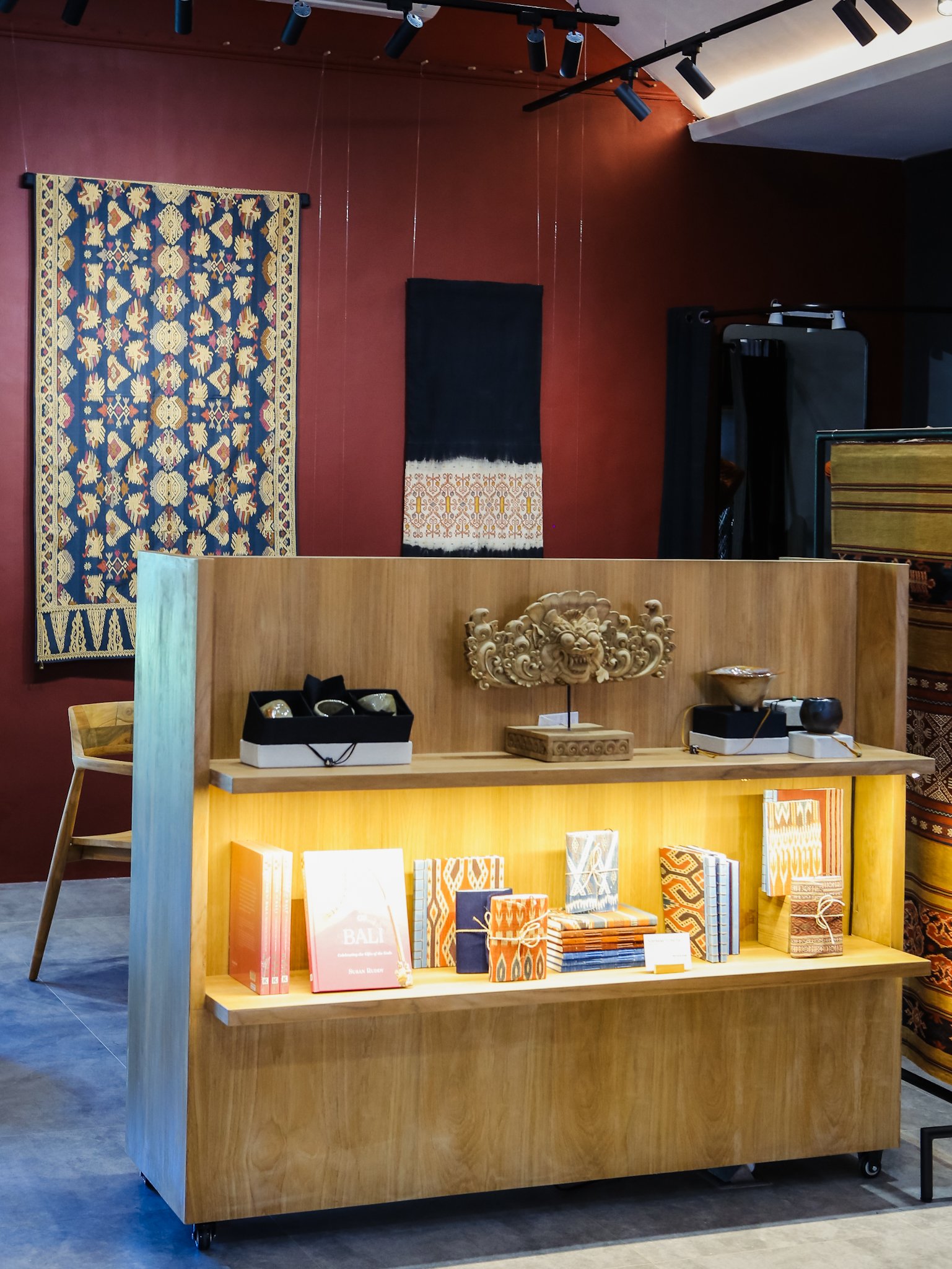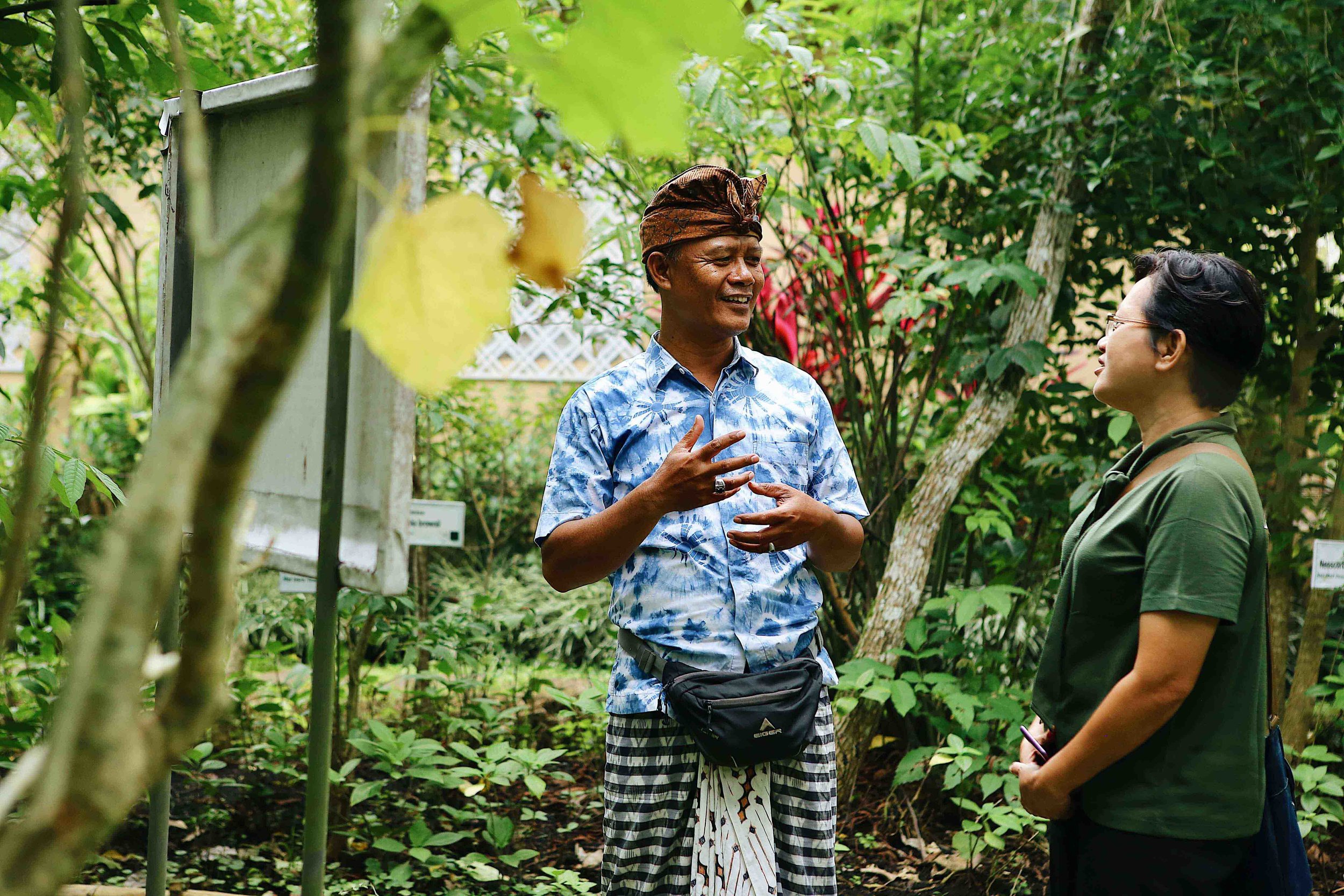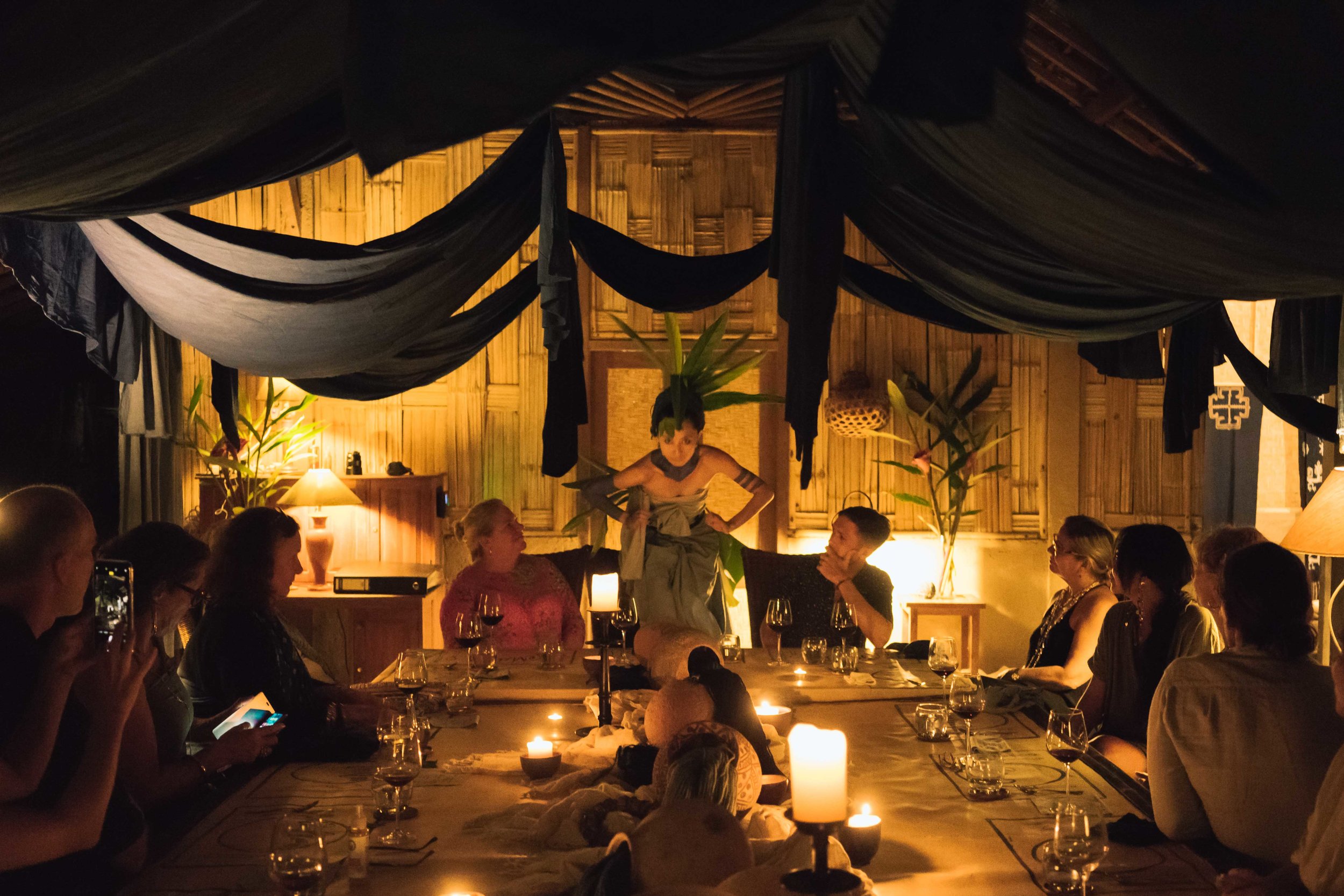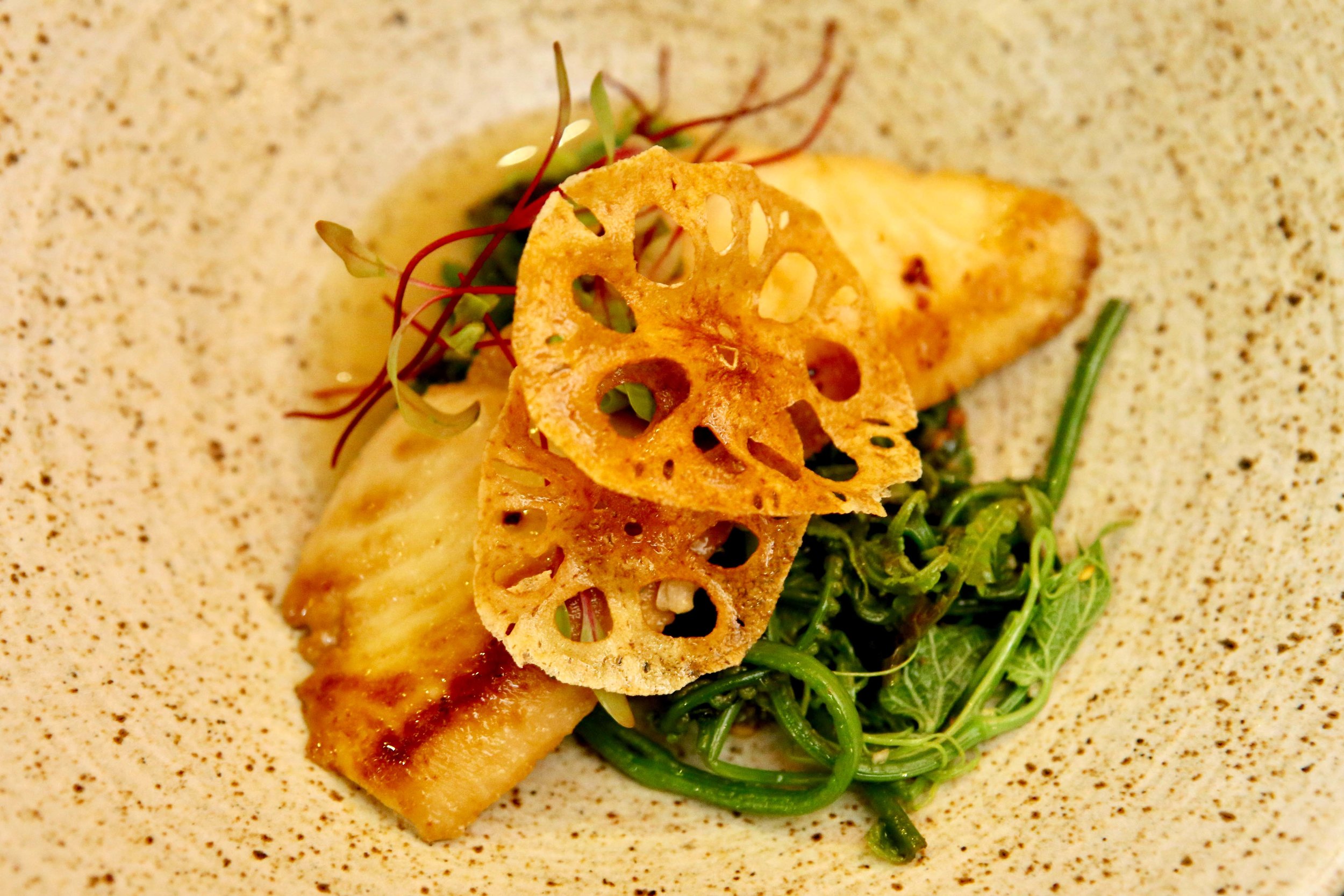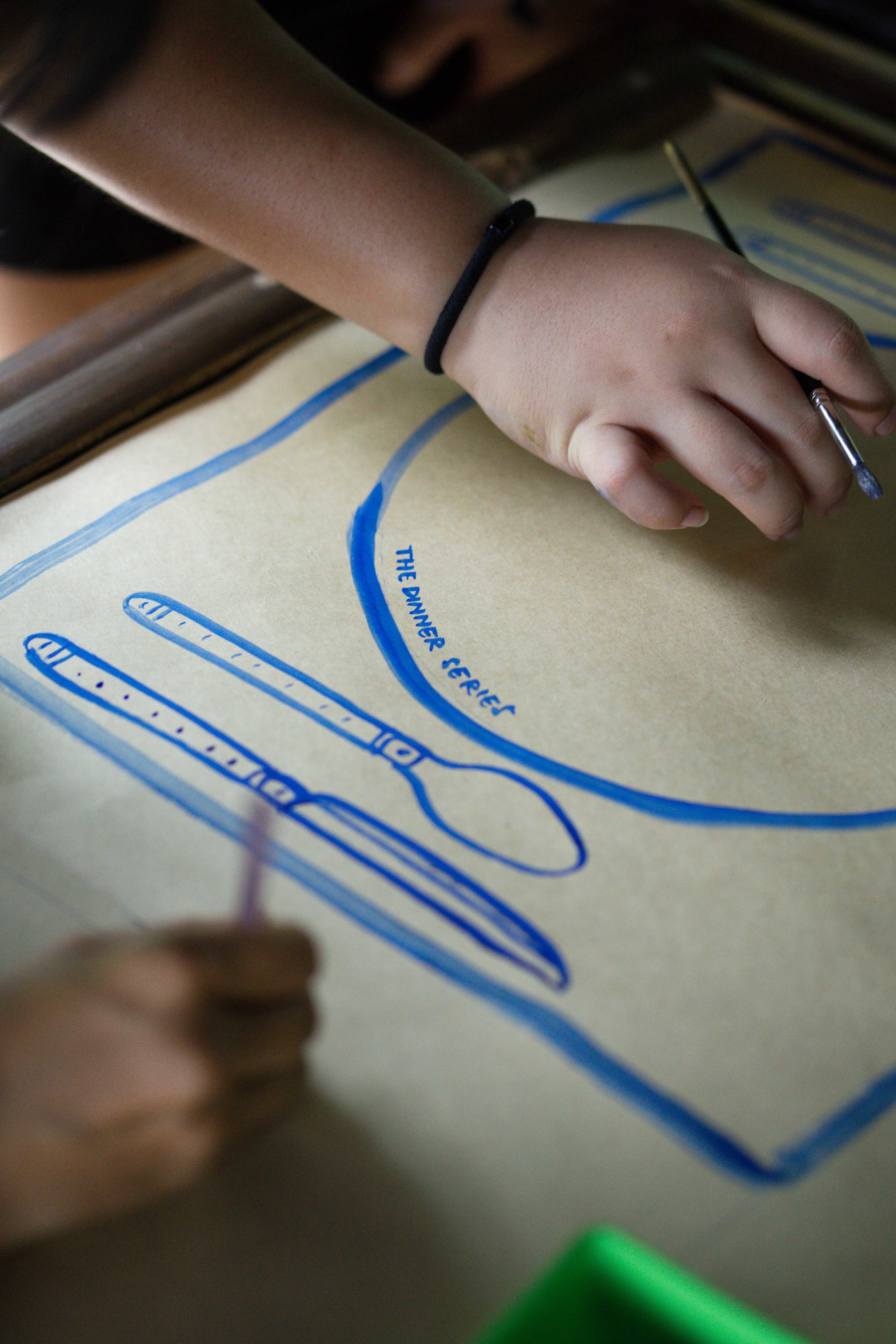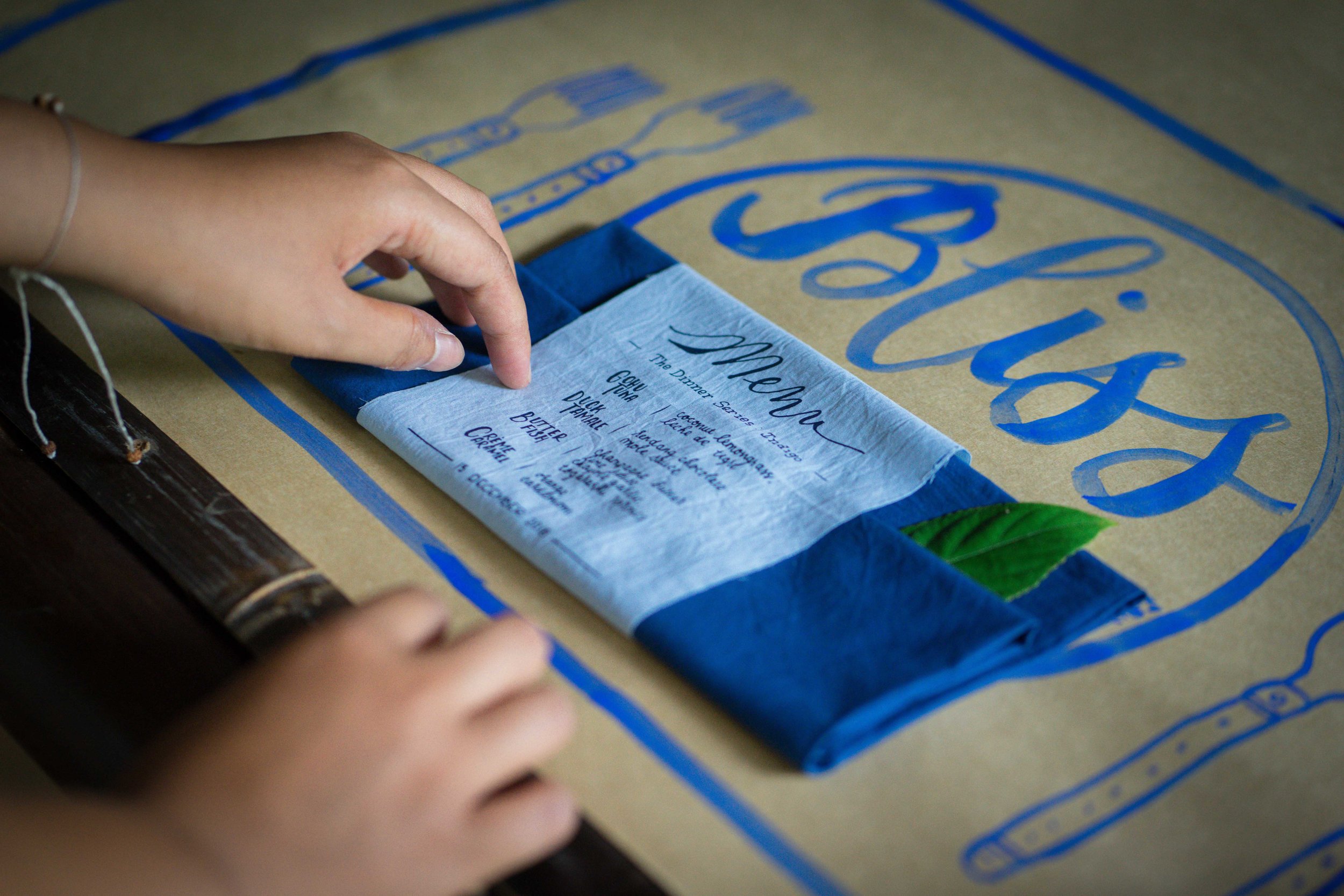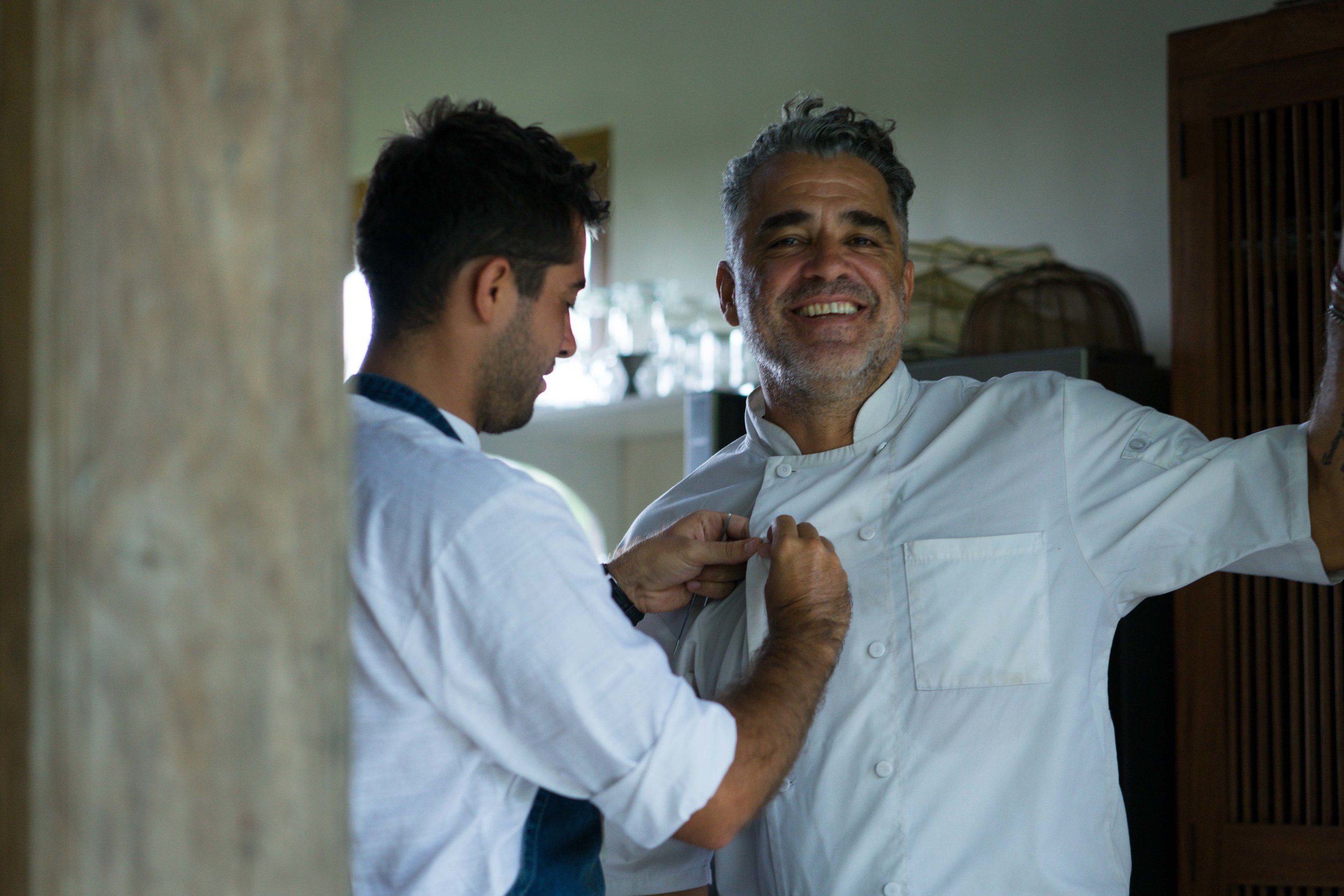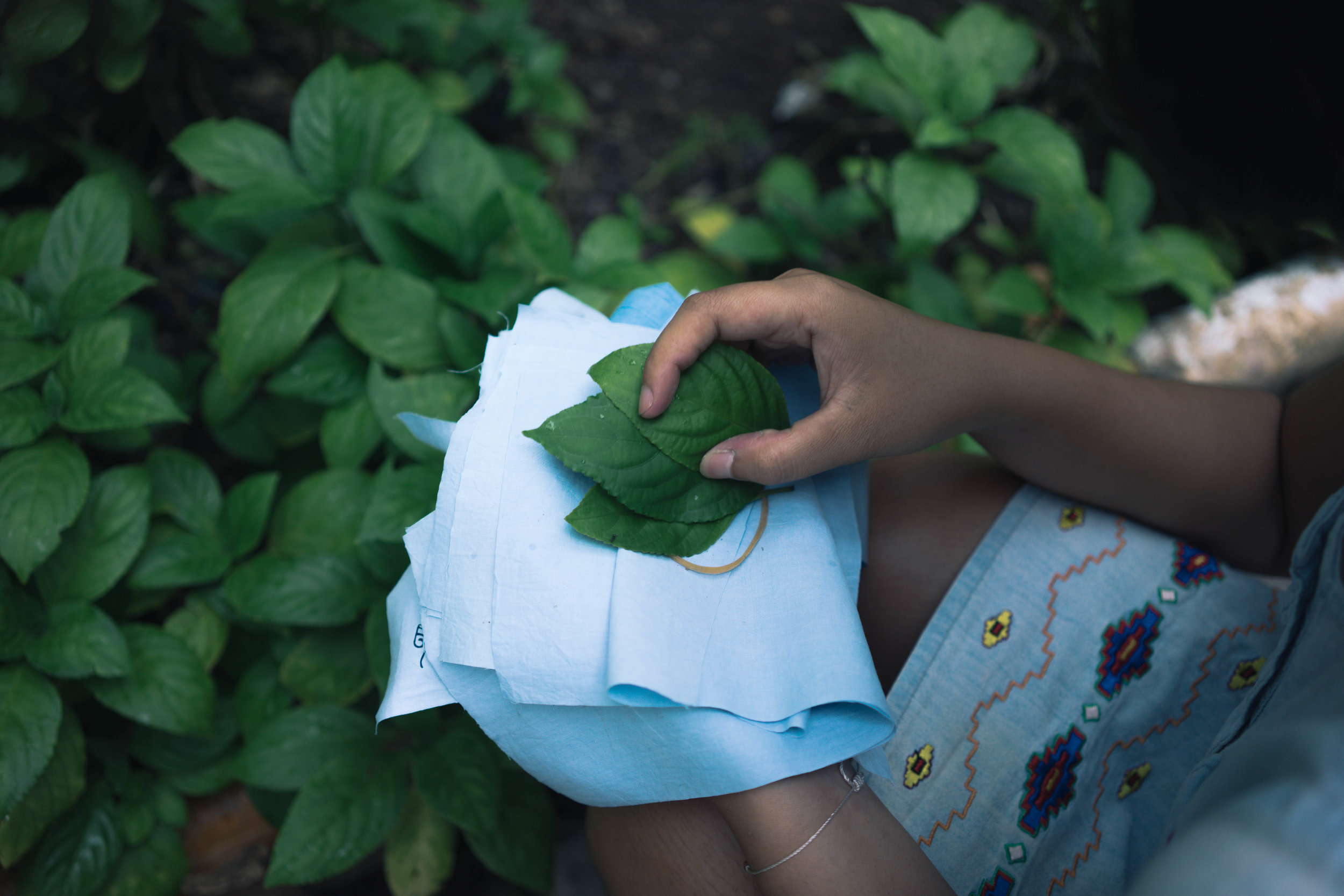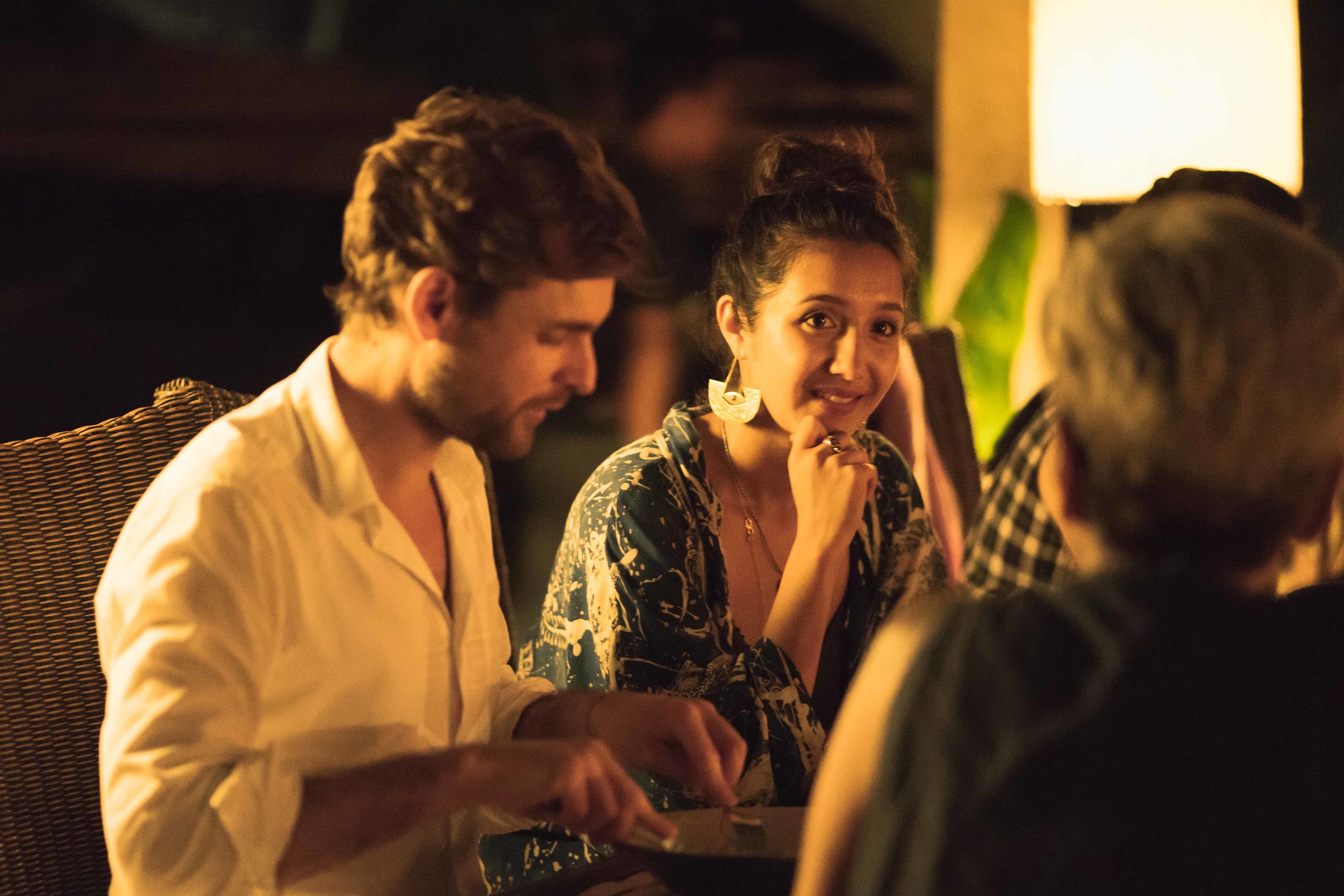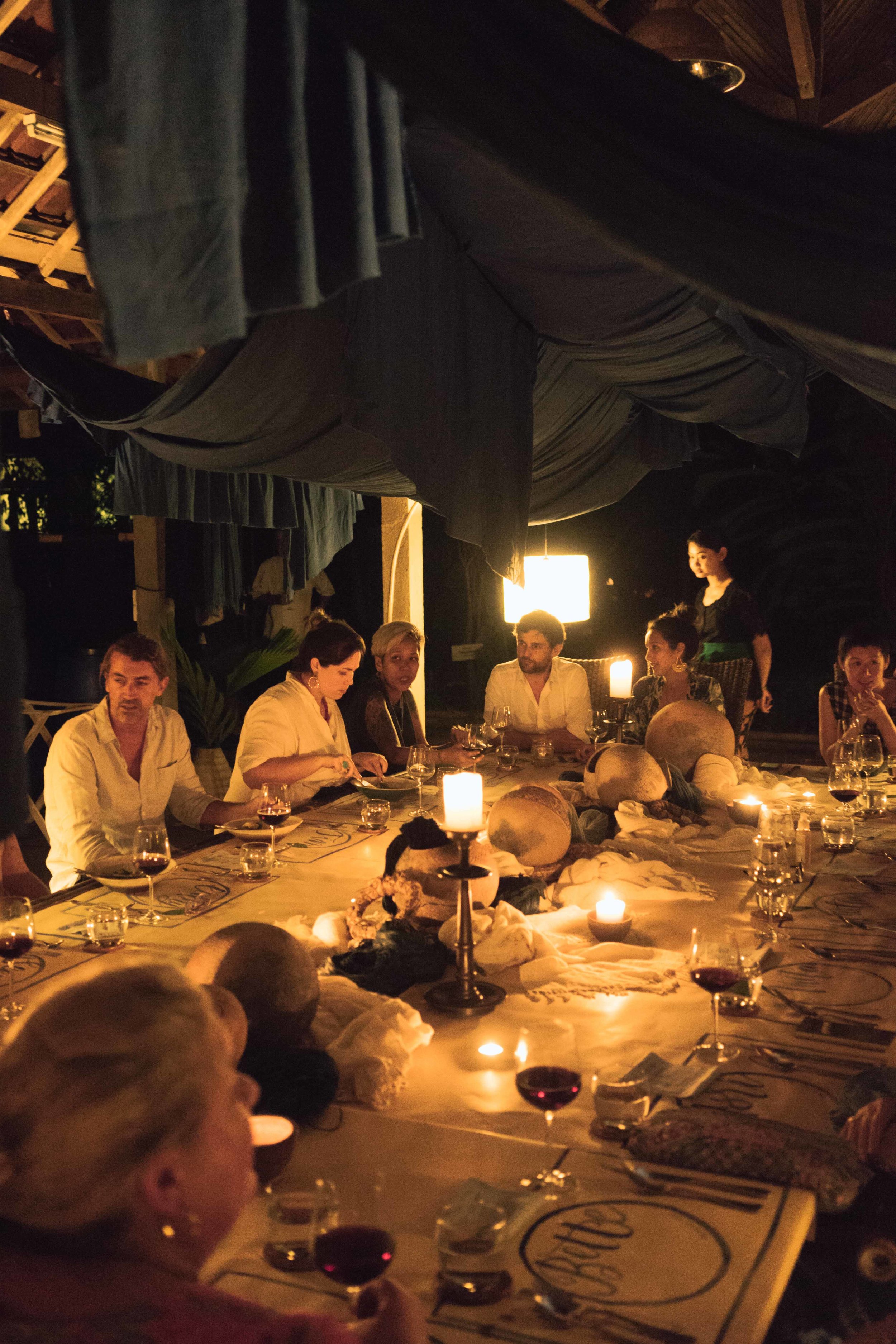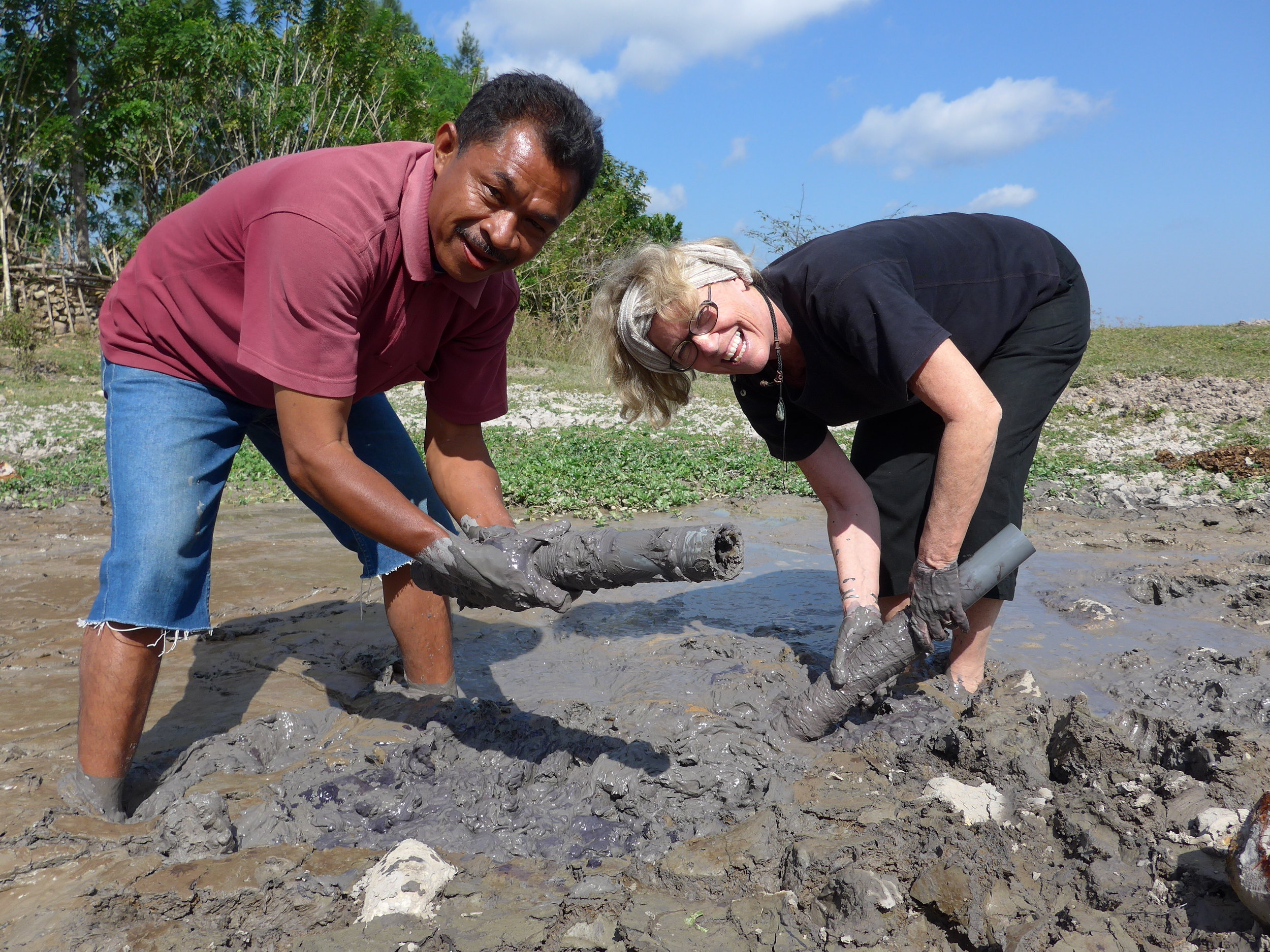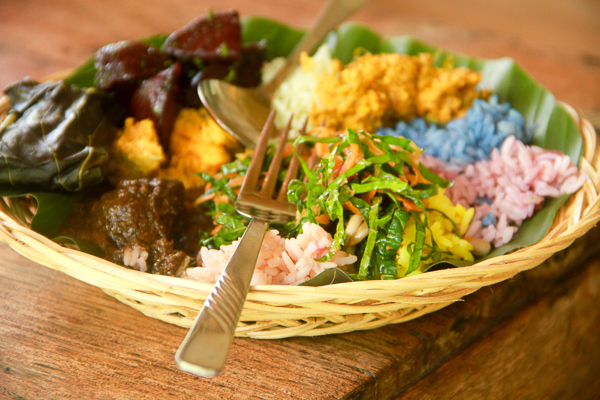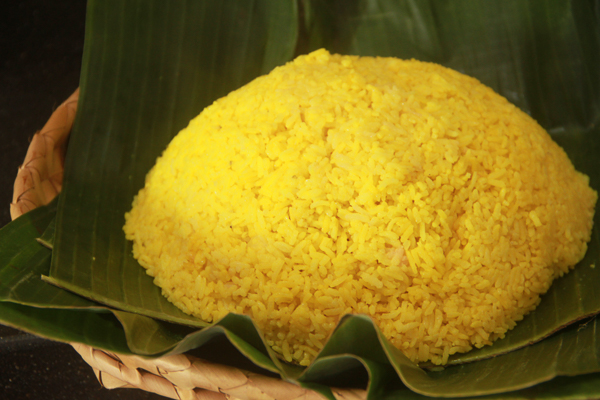What inspires you and your work?
The team. They’re passionate, committed, lots of fun, so it’s a great place to come into every morning. I love the puzzle of working with traditional communities. So many factors continue to change for them; there are environmental, institutional and other impacts—some positive and some not. But the passion of our partner communities to continue their culture and create textiles that represent their culture is strong. I feel excited about trying to figure out how to keep all of that working.
What was your vision when you first co-founded Threads of Life?
These cultural objects represent far more than just material things. In the 90s, when we saw these amazing artifacts, it was evidence of a material culture. They are just so beautiful. We kept asking ourselves, “How can these textiles remain important to the community and how can they generate income?”
That’s where Threads of Life came in- we thought there had to be a high-end market for these textiles. It was about wanting to re-inspire community to keep making these important cultural artifacts, at a standard of the highest quality rather than dropping down to the lowest quality, and having a market that would continually support that. Over time, that absolutely happened. The sense of pride about these incredibly beautiful textiles was really reinvigorated, and today there is a good market for these products. People value them and they value the story; without telling the story to the market about these communities, they are only still simply material goods. With the story, the textiles begin to have value to the buyers.
Why do you think gathering people and community together is important for Threads of Life? Not only in terms of events for the weaving communities, but also weavers and textile artists from around the world.
There was a time when the weaving communities were so remote. There was nobody that was representing them or paying any attention to them. In that time period, bringing local communities together was super important. And it made them feel not alone- that the same values and concerns they had in their community, other communities in totally different areas shared as well. Now there is a lot of infrastructure, a lot of push by the government to support intangible and tangible culture as they call it. Central government even has a creative economy department which is bringing these weavers and materials to Jakarta and creating a bigger marketplace. This type of marketplace definitely separates the goods from culture though. It's become a kind of fashion statement. But the interest in culture is there as well, which is great.
We've been doing workshops and bringing other people here to our dye studio who want to learn about these kinds of techniques- the dye process, weaving, batik, etc. I think the most important part is that participants are taught by the local people. They aren't being taught by ‘the western expert’ but are instead with the local, very humble people, who know deeply what they are doing. These workshops are a lot of fun. Teaching styles are quite different from westerners, who teach from A to Z, but by developing other media we are trying to fill that side in for participants, so they can experience being taught more organically, rather than in an intellectual way. But for us, we believe it’s really important to let the teachers from these cultures lead the process.
What does sustainable design mean to you?
Sustainable design means having the awareness that things are constantly changing. If you think sustainable is getting from A to B, you’ll find that by the time you get to B, factors have changed and nothing is sustainable anymore. You have to be able to shift again. It’s about having personal and business values about societies, culture, environment, livelihood, and continually re-examining these values. Be willing to keep shifting with the impacts that are coming at you and the community—whether that is a drought, climate change, government change etc. It’s about how do you respond to those changes, but still hold your values, allowing the values to be ‘massaged’ into something else while being realistic.






